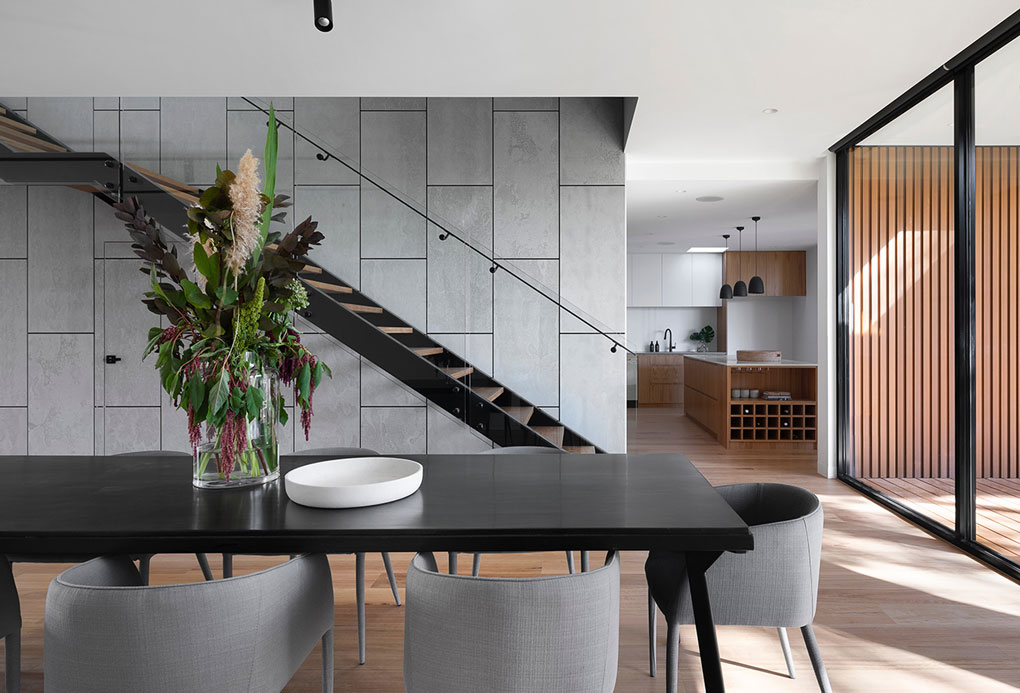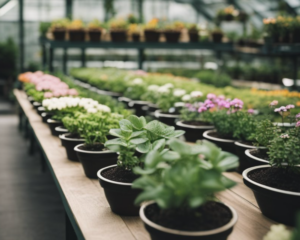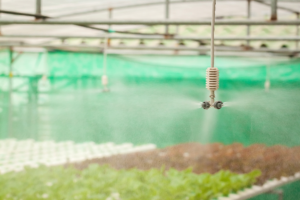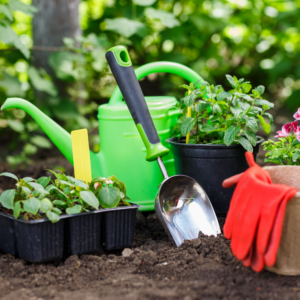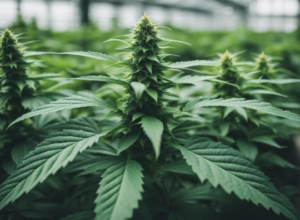Growing cannabis in a greenhouse offers several advantages over other cultivation methods. Greenhouses provide a controlled environment that can mitigate the risks associated with outdoor growing, such as pests and unpredictable weather. By harnessing natural light and supplementing with artificial lighting when needed, greenhouse growers can create optimal growing conditions to enhance their cannabis plants’ growth and potency.
A greenhouse setup enables year-round cannabis cultivation, which is particularly beneficial in regions with harsh climates. It allows growers to maintain a consistent temperature and humidity level, crucial factors in cannabis production. This controlled environment also supports multiple harvests per year, increasing overall yield compared to outdoor grows.
Moreover, growing cannabis in a greenhouse can be more cost-effective and energy-efficient in the long run. With the right setup, growers can reduce the need for artificial lighting and heating, leaning on the insulation properties of the greenhouse and the sun’s natural energy. This approach not only reduces the operation’s carbon footprint but can also lead to cleaner, more sustainable cultivation practices.
Choosing the Right Greenhouse
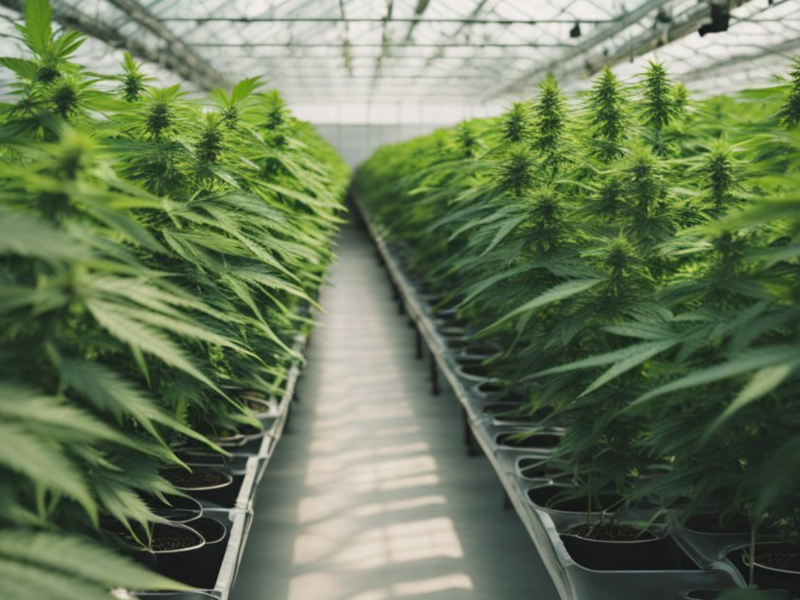
Selecting the optimal greenhouse is essential for cultivating cannabis effectively. It involves understanding different types, evaluating budget constraints, and considering the specific climate and location requirements.
Types of Greenhouses
Glass Greenhouses: They offer excellent sunlight transmission but can be costly. They are durable and maintain a consistent internal climate, making them suitable for regions with varied weather conditions.
Plastic and Fiberglass Greenhouses: Plastic options such as polythene or polycarbonate are lightweight and inexpensive, ideal for those on a budget. Fiberglass is similar but more rigid, providing better wind resistance.
Polytunnel Greenhouses: These are covered with polythene and are easy to construct. Polyunnels are a good choice for large-scale cannabis growers due to their cost-effectiveness.
Cold Frames and Walk-in Greenhouses: Cold frames, made of a wooden or aluminum frame with a transparent top, are suitable for small-scale growers. Walk-in greenhouses offer more space and can range from simple polythene-covered structures to elaborate glass designs.
DIY Greenhouse: A DIY greenhouse can be a gratifying and inexpensive option. Materials like wood and polythene can be used to tailor the structure to one’s specific needs, creating an ideal microclimate for cannabis plants.
Size and Budget Considerations
- Small-scale Options:
- Cold frames: low cost, limited space
- Mini walk-in greenhouse: moderate cost, more space
- Large-scale Options:
- Full-sized glass greenhouse: high cost, extensive space
- Polytunnel: moderate cost, adaptable size
When determining size, growers should account not only for the current but also for the potential future scale of their cannabis cultivation.
Location and Climate
Determining the right location is crucial as it influences the greenhouse’s exposure to sunlight, wind, and rain. For climates with:
- High Sunlight: Glass or polycarbonate greenhouses with shading options to prevent overheating.
- Heavy Winds: Structures with sturdy frames like wood or aluminum and anchoring systems.
- Frequent Rain: Greenhouses with an inclined roof design to prevent water accumulation.
Creating an ideal microclimate inside the greenhouse includes proper ventilation, heating, and cooling systems that can adapt to outdoor climate changes and maintain a stable environment for cannabis growth.
Preparing for Planting
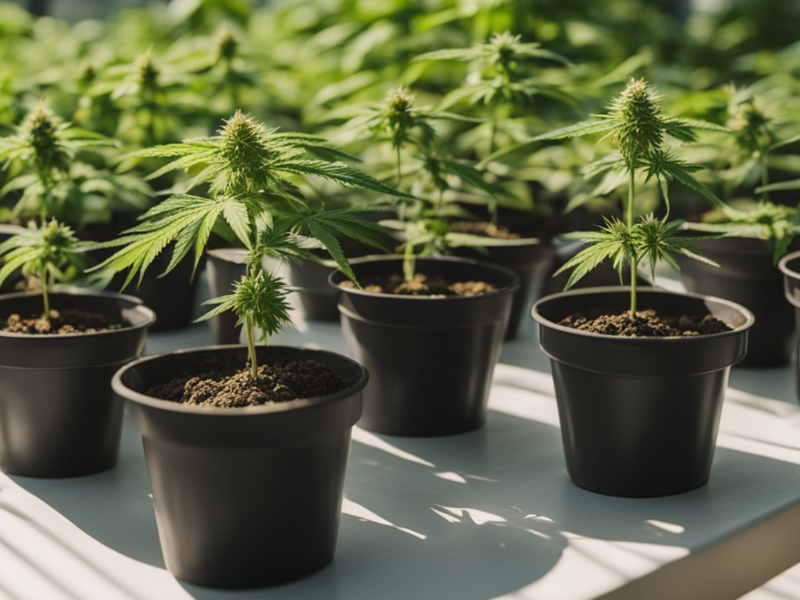
Before planting cannabis in a greenhouse, important groundwork ensures healthy growth. Selecting quality seeds and preparing the soil with rich compost are critical steps.
Soil and Compost
For cannabis cultivation, soil preparation is not to be underestimated. Healthy soil promotes root development and boosts plant immunity. A well-prepared compost pile provides the needed nutrients. When setting up the soil:
- Select pots or plant beds and fill them with a mix of soil and compost.
- Ensure the mixture is loose and airy to facilitate root penetration.
- Aim for a pH between 6.0 and 7.0; adjust by adding more compost if needed.
Growing Strong
Medium and Nutrition for Your Cannabis
Picking the best ground for your cannabis to grow in and making sure it gets all the nutrients it needs are vital steps in raising a successful crop. You’ll want to know about the different types of grow mediums and hone your feeding strategy to give your plants the strong foundation and food they need. So that, ultimately, they grow big and yield plenty.
When it comes to what your cannabis plants call home, there’s a variety of choices. Each one with its own special traits and best uses:
- Soil: A classic option, organic soil is alive with nutrients and helpful microorganisms, creating a fertile environment for roots to thrive.
- Coco Coir: Loved for its ability to hold moisture while still letting roots breathe, coco coir is a top pick for both traditional and hydroponic growing.
- Rockwool: Known for giving roots a strong grip, rockwool works wonders in hydroponic systems, ensuring plants stay stable and well-fed.
- Peat Moss: This medium is great at keeping moisture in. It is also excellent for improving the structure of your growing mix.
Feeding your cannabis is more nuanced than just adding fertilizer. It’s about knowing which nutrients are vital at every stage of growth.
Key Nutrients for Growth:
- Nitrogen (N): The key to lush, green vegetative growth, nitrogen fuels the creation of chlorophyll, the heart of photosynthesis.
- Phosphorus (P): For strong roots and vibrant blooms, phosphorus is your go-to, helping plants harness and move energy.
- Potassium (K): A booster for overall health, potassium aids in water absorption and kicks enzymes into gear.
- Magnesium (Mg): Central to chlorophyll and crucial for enzymes, magnesium is a multitasker in the nutrient world.
- Sulfur (S): Sulfur is a key player in making proteins, enzymes, and essential oils, rounding out the nutrient needs of your cannabis.
Selecting the Strains
Choosing the right strains impacts the yield and potency. Cannabis strains vary with characteristics and growth patterns. Considering greenhouse conditions:
- Opt for autoflowering strains for a quicker harvest cycle.
- Select strains known for their resilience to environmental fluctuations.
- Purchase quality seeds from reputable sources to ensure germination.
To germinate seeds:
- Start seeds indoors to manage variables such as moisture and temperature.
- Use small pots filled with a starter soil mix.
- Transfer seedlings to the greenhouse once they’ve established a solid root base.
Climate Control
Effective climate control is crucial in greenhouse cultivation for energy efficiency and the health of cannabis plants. Maintaining the right temperature and humidity levels, as well as optimizing lighting, can significantly enhance plant growth.
Temperature and Humidity
Cannabis thrives in a consistent environment. Greenhouses need proper heating and cooling systems to keep the temperatures within the ideal range of 70-85°F (21-29°C) during the day and 60-70°F (15-21°C) at night. Humidity levels should generally be kept between 40-70%.
- Heating: Thermostatically controlled heaters help manage the temperature during colder months or nights.
- Cooling: Fans and ventilation systems facilitate air circulation, reducing the risk of mold and pests.
- Dehumidifiers: Essential for controlling moisture, especially in areas with high humidity.
Lighting and Natural Sunlight

Greenhouse cannabis benefits from a balance of natural sunlight and supplemental lighting:
- Daylight Hours: Aligning the grow cycle with the natural daylight hours optimizes the use of sunlight.
- Direct Sunlight: Greenhouses harness direct sunlight, which is then diffused to reach all plants.
- Supplemental Lighting: During shorter daylight hours or overcast days, supplemental lighting ensures that plants receive sufficient light, usually LED or HID lamps.
The addition of automated control systems for both lighting and climate can further improve energy efficiency and plant yields, creating an optimized environment for year-round growing.
Growing and Maintenance
Growing cannabis in a greenhouse requires attention to several key areas: consistent watering, pest and disease management, and maintaining proper ventilation. These aspects are crucial for healthy growth and year-round cultivation.
Watering and Irrigation
Proper watering is essential for cannabis plants, and using an irrigation system can make the task more efficient. Drip irrigation is a method that conserves water and ensures that each plant receives an equal amount of moisture directly to its roots.
- Equipment: A timer and drip lines.
- Effort: Set up once and adjust as needed.
- Year-Round Cultivation: Enables consistent watering without over-reliance on natural rainfall.
Managing Pests and Diseases
Cannabis plants are susceptible to a variety of pests and diseases, such as spider mites and powdery mildew. Regular inspection and immediate action can prevent infestations and the spread of disease.
- Pests: Use natural predators or organic insecticides.
- Diseases: Implement sanitary practices to avoid mold and bacteria.
- Prevention: Regularly remove any diseased plant matter and dispose of it properly.
Ventilation and Air Flow
Ventilation is critical in a greenhouse to supply fresh air and prevent the buildup of heat and humidity, which can foster mold growth. Airflow can be managed by installing fans and vents.
- Ventilation Equipment: Exhaust fans, circulating fans, and adjustable vents.
- Air Flow Management: Monitor and adjust to ensure consistent air movement.
- Mold Prevention: Reduce mold risk with effective air circulation.
Optimizing Growth
Properly managing the unique requirements of cannabis during its growing stages is critical for a thriving greenhouse operation. Attention to detail can make a significant difference in yield quality and quantity.
The Vegetative Stage
In the vegetative stage, cannabis plants require long periods of light—typically 18 hours of light and 6 hours of darkness. Greenhouse growers take advantage of natural sunlight while supplementing with artificial lights when necessary. Consistent light exposure ensures vigorous foliage growth. Temperature control is also crucial, with optimal ranges between 70-85°F during the day. Regular monitoring helps maintain ideal conditions that encourage robust vegetation.
- Lighting: Minimum 18 hours of light
- Temperature: Daytime temps between 70-85°F
- Humidity: Moderate to high levels
- Nutrition: Nitrogen-rich fertilizers
The Flowering Stage
Transitioning to the flowering stage means reducing light exposure to 12 hours on and 12 hours off, simulating the shorter days in the outdoor growing season. Indoor growers can manipulate lighting schedules to trigger flowering, while greenhouse growers may use blackout curtains to mimic the natural environment. Temperature during this stage should be slightly cooler, especially during the “night” periods, to encourage bud formation and trichome development.
- Lighting: Strict 12-hour cycles
- Temperature: Slightly cooler than vegetative stage, especially during dark periods
- Humidity: Lower than vegetative stage to decrease mold risk
- Nutrition: Phosphorus and potassium-rich fertilizers for bud development
By adhering to these specific practices during the vegetative and flowering stages, growers can optimize plant growth and maximize the potential of the harvest in a greenhouse setting. Adjustments are made as needed to mirror Mother Nature’s outdoor conditions, tailoring the indoor climate to the plant’s growth phases.
Security and Safety
Growing cannabis in a greenhouse involves several security and safety measures to protect the crop and ensure compliance with local regulations. Here are key points to consider:
- Access Control: It’s crucial to implement a secure access system. This can include locks, security codes, or keycards for entry points.
- Surveillance: Cameras act as a deterrent against theft or vandalism and provide evidence in case of incidents.
- Lighting: Adequate lighting around the perimeter is vital for visibility and to deter unauthorized access after dark.
Safety Measures:
- Fire Prevention: Installing smoke detectors and fire extinguishers can mitigate risks associated with electrical equipment or flammable materials.
- First Aid: A fully stocked first aid kit should be accessible in the event of an accident.
| Safety Feature | Description |
|---|---|
| Alarms | Alert staff to unauthorized entry |
| Fencing | Physical barrier around greenhouse |
| Signage | Warn against trespassing |
As for Odor Control:
- Carbon Filters: They can trap and neutralize odors escaping the greenhouse, thus being considerate to neighboring areas.
- Sealed Environments: Properly sealing the structure ensures that odors do not seep out and attract unwanted attention.
Note: Local laws may dictate specific security and safety equipment or protocols, so it’s important to stay updated with these requirements to avoid legal issues.
Harvest and Post-Processing Cannabis
When it’s time to harvest, one should look for signs that the cannabis is ready, such as the color of the trichomes and the maturity of the pistils. Harvesting at the right time is crucial for maximizing yield and quality.
Harvest Timing:
- Trichomes turn from clear to milky or amber
- Pistils darken and curl
Cutting & Trimming:
- Cut plants at the base
- Trim leaves to expose buds
Drying:
- Hang or lay buds on racks in a controlled environment
- Optimal conditions: 60-70°F, 45-55% humidity
- Duration: 7-14 days
Curing:
- Place dried buds in airtight containers
- Open daily to allow moisture escape and fresh air in
- Curing period: 2-4 weeks
Achieving consistent harvests depends on precisely timing and methodically processing the crop. A well-executed harvest results in a better shelf-life and richer flavors. Individuals who take the extra step to cure properly often notice a smoother smoke and a more pronounced aroma. By maintaining a clean environment and handling buds with care, growers maintain the integrity of their yield through to the final product.
Tips for Success
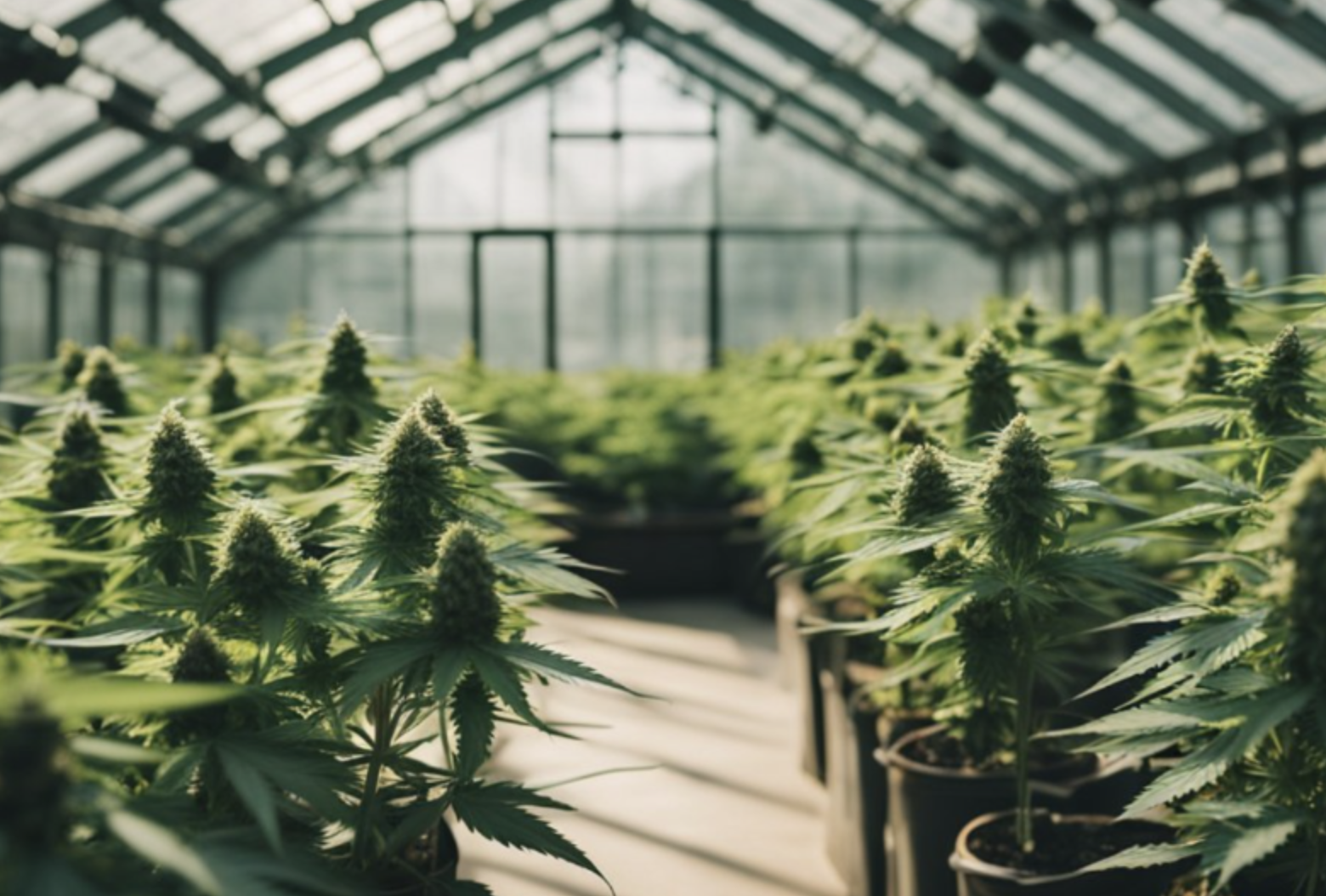
When cultivating cannabis in a greenhouse, growers can extend their growing season and better manage their environment. Here are some practical tips:
- Climate Control: Greenhouses offer superior climate control. They should maintain a steady temperature and humidity level suitable for cannabis plants.
- Energy Efficiency: It’s crucial to optimize energy use. Strategies like using dual-layered plastic coverings can provide insulation and reduce heating bills.
Lighting
Even though greenhouses capitalize on natural light, additional artificial lighting may be needed to supplement shorter day lengths or cloudy days.
| Season | Lighting Type |
|---|---|
| Winter | High-Intensity Discharge (HID) |
| Summer | Light Emitting Diodes (LED) |
- Electricity Costs: Using energy-saving LEDs can help lower electricity costs.
Water Management
Efficient water systems help plants thrive without wasting resources. Drip irrigation systems are great for delivering water directly to the roots.
Pest and Disease Control
Regular monitoring can quickly address any pest or disease outbreaks. Organic pesticides and beneficial insects can be effective and maintain organic cultivation standards.
By paying attention to these aspects, one can create an ideal indoor setup within their greenhouse for optimal cannabis growth.
Conclusion
You’ve made it through the essentials of growing cannabis in a greenhouse! Armed with the knowledge of how to create the perfect environment for your plants, manage resources wisely, and fine-tune the conditions for optimal growth, you’re ready to start growing cannabis in a greenhouse of your own. Sustainable practices and a keen eye for detail are your pathways to outstanding yields and top-quality cannabis. Welcome to the green revolution, where the power of the greenhouse meets the art of cannabis cultivation.
Frequently Asked Questions
1. Which type of greenhouse covering is ideal for optimal cannabis growth?
The optimal greenhouse covering for cannabis growth is typically polycarbonate or high-quality, UV-stabilized polyethylene. These materials offer durability, light diffusion, and insulation, helping to maintain consistent conditions for cannabis plants.
2. Can you share some tips for maximizing bud size when growing inside a greenhouse?
To maximize bud size, ensure ample light, either through supplemental lighting or strategic placement of the greenhouse to capture natural sunlight. Nutrient-rich soil, proper watering, and pruning techniques also contribute to larger, healthier buds.
3. What’s the typical price range for setting up a cannabis grow operation in a greenhouse?
Setting up a cannabis grow operation in a greenhouse can vary widely in cost. Small-scale setups may start around a few thousand dollars, while larger commercial operations can exceed hundreds of thousands, depending on size, technology, and equipment.
4. How do you control humidity and temperature to create the perfect greenhouse environment for cannabis?
Controlling humidity and temperature involves using a combination of ventilation, fans, heaters, and humidifiers or dehumidifiers. Automated control systems can keep conditions within ideal ranges for cannabis growth.
5. What are the best practices for pest control in a cannabis greenhouse?
Best practices for pest control include regular inspections, natural predators, barriers like screens, and non-toxic sprays. Maintaining a clean environment and removing any infected plants promptly also helps prevent outbreaks.
6. Could you list the essential equipment needed to grow cannabis in a greenhouse effectively?
Essential equipment for growing cannabis in a greenhouse includes climate control systems, proper lighting, irrigation tools, soil or hydroponic systems, and monitoring devices for pH and nutrient levels. Quality pots or grow beds are also a necessity.
Cannabis Greenhouse
Cannabis Greenhouse 
Cannabis Greenhouse


